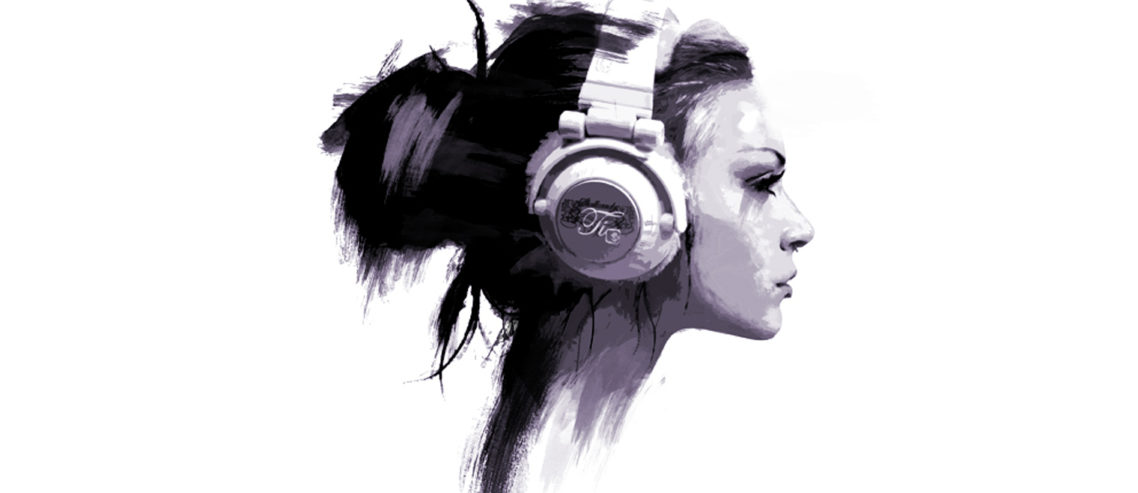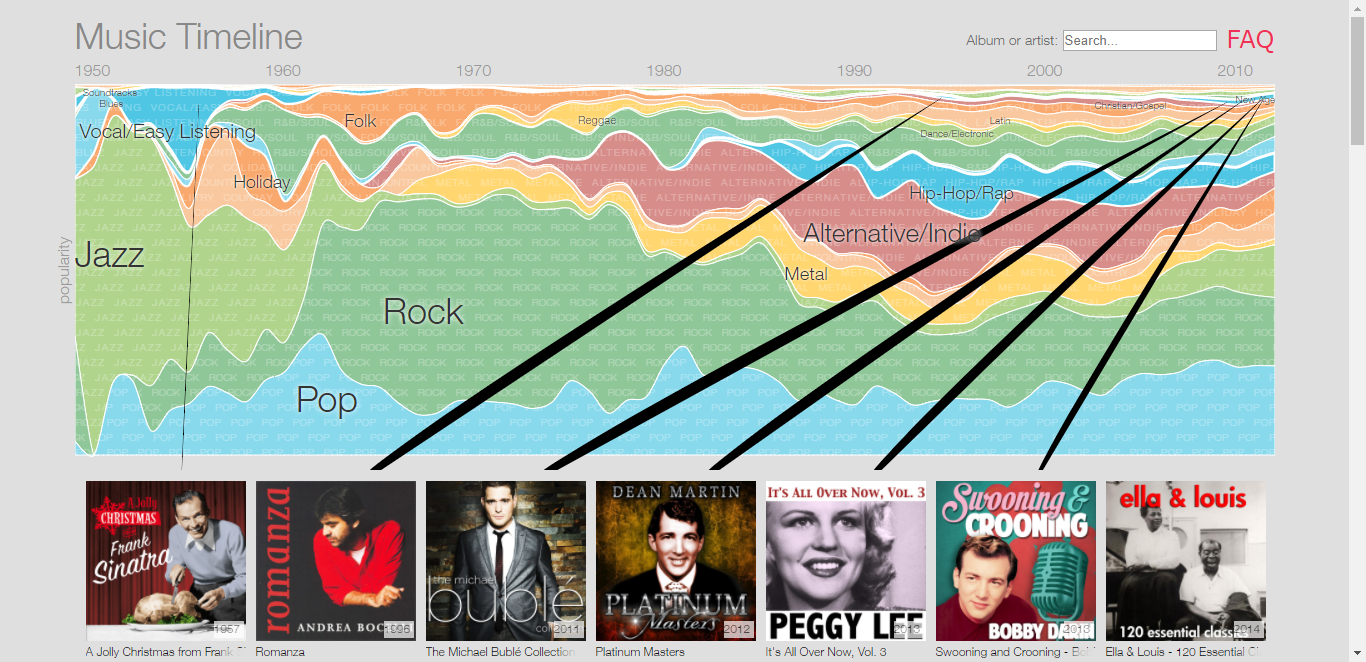Music is an amazing art form that retains a fascination for mankind despite the fact that the seven notes underlying it remain unchanged. But the methods of their extraction and perception are changing, the listeners and the ways of delivering music to them are becoming different.
A lot of music
Music expert Bas Grasmeier, in a column for the RMA business school website, says that all the changes that happened to music in the 20th century were related to consumerism, mass media and sound recording. “Now the music industry is on its way from mass culture to the “I-media” structure, and the possibilities for its further development are increasingly associated with mobile and Internet technologies that allow each individual user to interact with music and influence it.”

Bass Grasmeier
People looking for innovations are sure that the future lies with services and applications that will allow you to listen to always different music, which adapts to many factors depending on the listener. Bas Grasmeier quoted one of the main innovators of ambient music, Brian Eno, who is also the author of the Windows 95 welcome tune, who noted back in 1996: “I guess our grandchildren will look at us and wonder:” Did you listen to the same a hundred times?”
Sofya Sokolova, a Russian Internet producer, music journalist and co-founder of the Zvuki.ru project, is confident that artificial intelligence will increasingly be used in the selection of music. “For example, AI discos will appear. In the creation of music, a breakthrough will occur in the field of sound design. The AI composer will be involved first and foremost here,” she says.
Algorithms developed by Yandex also write their own variations of works. In the video below, they generated their vision of Scriabin’s music.
Another example is the creation of mobile services that allow you to generate music. Film composer Hans Zimmer created an app inspired by the movie Inception that tried to go beyond audio recording and have “something more than just a track you upload that will always stay the same.” The point of this application is that it draws information from the world around you and transforms it into fantastic music. “It seems to be trying to immerse you in mythical worlds, as, in fact, it happens in the movie Inception.
The world of remixes and mashups
An adaptable soundtrack has already become quite common in video games. In the gaming industry, it is called “dynamic music” because it usually changes depending on the position of the player. “Music has become open to experimentation, which concerns not only genres, but also variations in the performance of the same compositions,” says Bas Grasmeier. — Another example of music that changes based on your location is the app developed for Björk’s album Biophilia.
It presents the album as a 3D galaxy where the stars correspond to the songs and how they sound depends on your position in the galaxy. These recordings are released as apps and generate a new version each time you listen to them. This does not mean that the tracks are swapped, the arrangements and the composition as a whole are updated. For example, Adam Jansch’s Futures EP has 1,418,633,882,621,706,240 possible choices, meaning you don’t actually have a chance to listen to the record twice.”
Generative music actually predates modern music, Grasmeier clarifies. For thousands of years, people have been using musical pendants that create variable works with the help of the wind. An architect recently built a sea organ in Croatia: it consists of marble steps with tubes that push the air out and produce harmonious sounds as the waves crash against the shore. In Japan, South Korea, Denmark and the United States, there are musical roads: these are tracks with recesses in the road surface, which are located in such a way that upon contact with a moving car, the impression of a melody is created.
Completely new genres give rise to the possibility of co-creation of musicians and their fans. In music, this co-creation resulted in mashups—non-original music tracks consisting of two or more original pieces. Thanks to special programs, mashups can be created right during live performances of DJs or musicians. Thanks to mashups and many other genres, the boundaries of music genres have become very blurred, and digital music is becoming more dynamic and “alive,” Grasmeier adds.
John Seabrook
Modern culture introduces us to a paradox – a musician can be purely individual, while the creation of new compositions becomes the lot of exclusively collective creativity. John Seabrook, writer and journalist for the New Yorker, says that today songs are no longer text spoken to some music, they are becoming music that, among other things, contains some words. “And it’s a big change in the culture of creating hits: they’re no longer owned by one author,” says the author of The Song Machine. “I don’t think there is anyone now who writes popular songs and will be able to receive the Nobel Prize for his contribution to literature in 50 years (like Bob Dylan – ed.)”
In a world where music changes and mixes, it is increasingly difficult to single out any particular genre and even guess which one will become more popular than the rest in the future. This is well illustrated by a map of the musical preferences of Yandex.Music users. The performers here are arranged according to the frequency with which their works were listened to and how their preferences were distributed among the authors who were listened to by the same users. You can see that Mozart is next to the Kino group, and that, in turn, is with the American singer Rihanna.

The Music Timeline website will tell you what was most often listened to in different eras
Another interesting project implemented by Google is called Music Timeline. Within its framework, the dynamics of the global popularity of various areas of music over the past 64 years, obtained from its own Google Play Music service, was studied.
As can be seen in the figure, over the years, the share of popularity of rock performers has been declining due to the increase in the activity of pop musicians. The share of jazz and hip-hop is growing. But the alternative and metal rock give way. Of course, any study is not without flaws – for example, there is no classical music in the Music Timeline at all. All due to the specifics of data analysis – the years of writing classical works go strongly “to the left” and are not visible on the chart.
